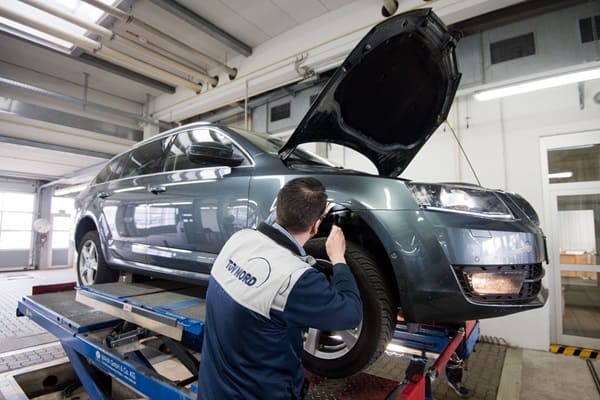Keeping a fleet on the road is about safety, performance, and avoiding preventable problems. Brake pads play a major role in that equation. When they start to wear out, it’s a risk to your drivers, a threat to your compliance, and a potential drain on your budget.
Ignoring the early signs often leads to costly repairs and unexpected downtime. But with the right habits, tools, and checks in place, you can keep everything running smoothly. Read on to find out how smart brake care can save your fleet time, money, and stress.
Understand the impact of brake wear on fleets
Brake pads wear down through normal use, but excessive or uneven wear signals a problem. Hard braking, heavy loads, and stop-start routes all speed up the process. When pads get too thin, they reduce braking performance, which puts your drivers and vehicles at risk. Worse still, if left too long, worn pads damage the discs and raise repair costs.
Fleet managers should also be aware that poor brake condition is one of the top reasons for MOT failure. A simple oversight can take a vehicle off the road for days. This is where planned checks and replacements come into play.
Plan regular inspections and track usage
Every fleet operates differently. Some vehicles are in constant use, while others sit idle between short trips. This variety affects how fast brake pads wear. A mileage-based plan isn’t always enough.
You’ll get better results with a usage log. Track driver behaviour, route patterns, and vehicle loads. These insights help you predict wear more accurately and set inspection intervals that match real-world use.
It’s also worth choosing services that make maintenance easier. With Fixter brake pads replacement, the process is simple: your car gets collected, repaired, and returned with no disruption to your schedule. It takes the admin stress out of the equation.
Choose quality parts and expert servicing
Cheaper parts can wear quicker or perform poorly under pressure. For fleets, quality and consistency matter more than bargain prices. Look for manufacturer-certified parts that meet your vehicles’ needs and comply with safety standards.
It’s just as important to use garages that understand commercial vehicles. Technicians need to check for more than just pad thickness. They should look at brake fluid, calipers, and the whole system to catch early warning signs.
Train drivers to reduce unnecessary wear
One of the most effective ways to cut brake pad wear is through driver habits. Harsh braking, tailgating, and heavy loads accelerate wear. Offer practical training on smoother driving, safe following distances, and effective use of engine braking.
Many fleets now use telematics to monitor driving behaviour. This lets you flag issues early and support drivers who need a reminder to ease off the pedal.
Stay ahead with smarter planning
Managing brake wear doesn’t need to be a reactive task. With a proactive plan, trusted service providers, and a bit of driver education, you can keep downtime low and vehicles safe. Brake pads may be small, but in a busy fleet, they’re a big deal. Stay alert, service smartly, and rely on solid data.






Leave a Comment